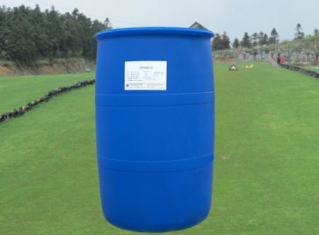At present, when the material departments or industrial departments conduct scientific research on inorganic powder, they often use ball milling to obtain inorganic powder with narrow particle size distribution or ultra-fine powder. Crushing itself is also a reversible process. Large particles are crushed into small particles, and small particles can also coalesce to form large particles. When the two processes reach a balance, That is, when the speed of comminution and coalescence reaches equilibrium, we call it comminution equilibrium. In the process of comminution, how to make the comminution speed greater than the coalescence speed, or take measures to inhibit the coalescence of particles can improve the comminution efficiency and reduce the limit size of particles to a certain extent.

If an appropriate amount of surfactant is added to the inorganic powder, it can effectively avoid particle coalescence and reduce the surface free energy of particles, so as to improve the crushing effect. Moreover, the surfactant also has the function of neutralizing the static electricity on the grinding ball, reduce the adhesion of particles and effectively avoid particle coalescence.
Surfactants are widely used in engineering because of their special properties, such as permeability, antistatic, wettability, solubilization and so on. The application of surfactants can also be seen everywhere in people's daily work and life.
With the development of science and technology and the increasing requirements of various industries for engineering materials, coupled with the emergence and application of various cutting-edge technologies, the market demand for high-performance and high value-added materials is increasing, and engineering materials have attracted more and more attention. In the innovation and application of new technology, new process and new method, surfactant has been applied to engineering materials. As an auxiliary additive, surfactant has obvious effect on material modification, and has also attracted people's attention and use.
Mechanical alloying technology is a rapidly developing field in material engineering. Metal elements are formed into powder by grinding, and these metal powders are stirred evenly in specific mechanical equipment to make full physical changes and promote chemical reactions. The surface of metal element materials will produce certain activities, which are formed by physical changes and chemical reactions on the one hand. In the process of grinding metal elements, corresponding catalysts should be added to ensure the smooth completion of alloying reaction and form metal compounds. Generally, this metal compound will present an amorphous state and will not produce fracture phenomenon due to the change of surrounding environment. For example, mg Al series, this system is because the cold welding effect between the two is obvious, which greatly hinders the alloying. The cold welding effect between the two is greatly inhibited by using the properties and characteristics of surfactant molecules, so as to ensure the alloying of the two.